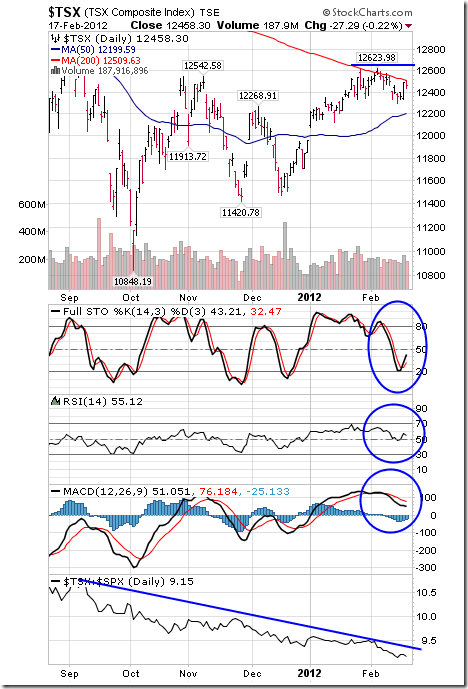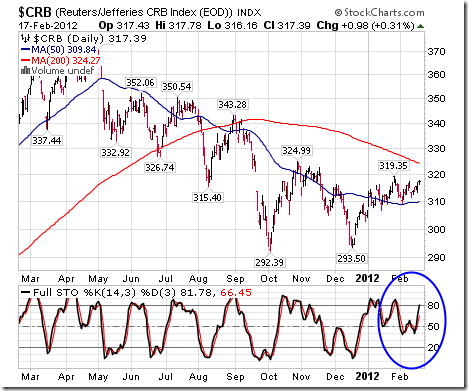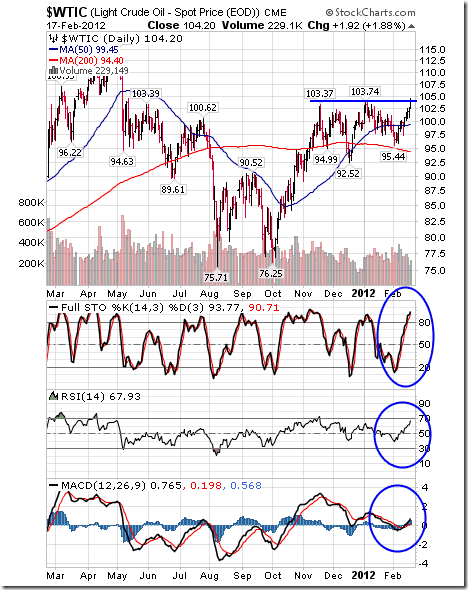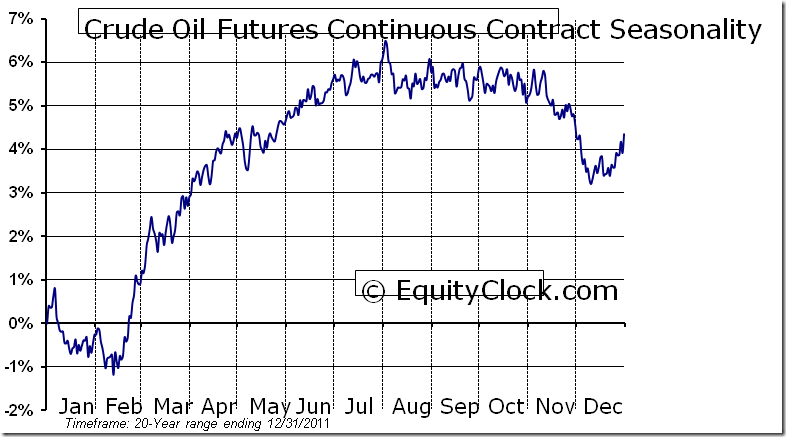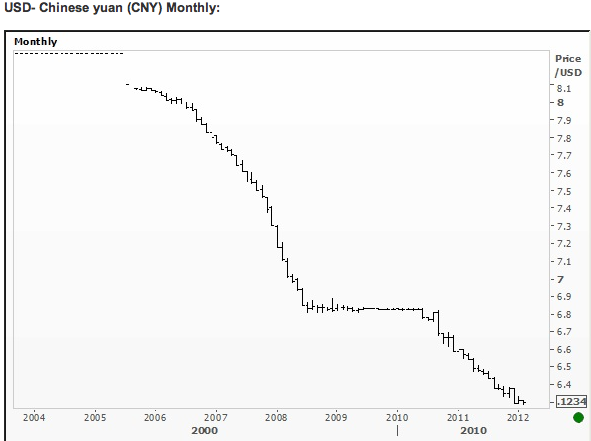Nothing to Fear but Fear Itself
Trading success is only partly due to having the right strategy and good knowledge of the market. Emotion plays a big role in your ability to be profitable. A trader can know the market inside and out but if fear plays a role in their decision making, they will probably not do well. Here are five common fears that we each need to learn to overcome:
Fear of Missing Out
We have all thought about buying a stock but passed on it, only to watch that missed trade work extraordinarily well. This leads us to the fear of missing out. It may be that there was a good reason for not taking the trade, but if the trade works, we are likely to break our rules in the future. This leads us in to a downward spiral toward failure.
Our trading rules are, or should be, based on testing and experience. The rules of a trading strategy are designed to work over a large number of trades, but there will always be cases where they do not serve us well.
It is important that we do not judge the validity of our rules based on what happens on one trade. To change our rules should require that we find a new set of rules that works better over a large number of trades.
When evaluating a trade, don’t think about what happened on that trade that you missed. Rely on the results of your testing which determined your strategy rules in the first place. If a trade opportunity does not fit your rules, don’t take the trade.
Fear of a Profit Turning in to a Loss
Stocks do not usually go straight up. Up trends are filled with periods of price pull backs. It is these pull backs that often shake investors out of their stock because they fear that a winner will turn in to a loser.
You have to give stocks room to move but still have a set of exit rules which will maximize profits over a large number of trades.
One of the most common reasons we exit our winners too early is because we spend too much time watching the scoreboard. All brokerages have that page where you can see what your profit and loss is for your positions. If a stock is showing a gain that then goes down, we start to attach our sensitivity to money to what is happening and that leads to emotional mistakes.
To overcome this fear, start out by not watching the profit and loss and make sure you have a set of rules for when to exit that you follow.
Fear of Taking a Loss
No one likes losing money, but losing is part of winning for all successful traders. The stock market cannot be predicted with 100% accuracy making it impossible to always be right.
What we must do is minimize the size of our losses when we are wrong. When I make a trade, I know the price point that will make me hit the eject button. If the stock falls to that price, I am out and ready to move on.
It is important to set your stop loss point at a price that makes sense. An arbitrary draw down, like a move lower of 5%, is not based on the opinion of the market. If you put your stop loss point at a price that demonstrates a negative turn for the market, then getting out will save you from taking a bigger loss and that will inspire confidence in the long term.
Fear of Not Maximizing Profits
How do you feel when you sell a stock at a profit but then watch it continue higher? For many, this is a memorable pain that sits with them the next time they have a winner giving a sell signal. Instead of exiting, they hang on for a bigger gain, hoping for the home run winner.
It is important to hang on to your winners as long as they are behaving like winners. However, when the market tells you that the trend is coming to an end, you have to take the cue and exit the trade.
If you attach goals to the stock’s performance, you take the emphasis off of the stock and can miss the message of the market. Suppose you plan to buy a new car when the stock that you have a large position in hits $5. The trade is now about the new car rather than the stock and you will likely not exit the trade until it hits your target. If the stock never gets there, you are left with a winner that turned in to a loser because you failed to do what the market told you to do.
Fear of Not Knowing
There is a lot of uncertainty in the market and many people have a hard time dealing with that ambiguity. They end up making mistakes because they do not know how to make decisions in situations of uncertain outcomes.
Trading the stock market is not a science. We cannot say that if A and B happen, C will happen, we can only say that if A and B happen, C may happen. Since C does not always happen, many people have a hard time making that decision because their personality requires certain outcomes.
To be a successful trader, you have to think like a casino owner. We do not know what will happen on the next trade but, with good strategy testing, we can know what will happen if we do the same trade 100 times. The casino owner does not know who will win the next hand of Blackjack but they do know that if they deal 100 hands of Blackjack, they will make a profit. We have to put our confidence in the averages and expected outcomes of our actions, and not judge our success one trade at a time.
Strategy of the Week
This week, I just looked at a lot of charts to get a feel for the market. In general, it was a quiet week as investors seemed more interested in digesting the recent gains than taking new risks ahead of the Greek debt solution that is expected for Monday. North American markets are closed on Monday so we will wait till Monday to see the reaction from what happens in Europe.
My Market Scan this week was to look for stocks trading at least 1500 times in Canada or 2500 times in the US, focusing me in on the most active issues. Most charts were quiet but Energy stood out with Uranium and Oil and Gas stocks performing well. Below are two picks from those sectors.
1. T.UUU
The Uranium stocks were beat up by the Japanese tsunami in 2011 and it has taken almost a year for them to stabilize and start to recover. T.UUU is breaking from a rising bottom this week, a sign that the buyers are taking an interest in the stock again. Volume was strong on Friday, supporting the upward move. The stock has support at $2.65.

2. T.TLM
Oil made a good move to the upside this week and that helped many oil stocks look better. T.TLM (TLM) made a break of its long term downward trend line this week and looks like it is in the early stages of a long term trend reversal. Support at $11.95
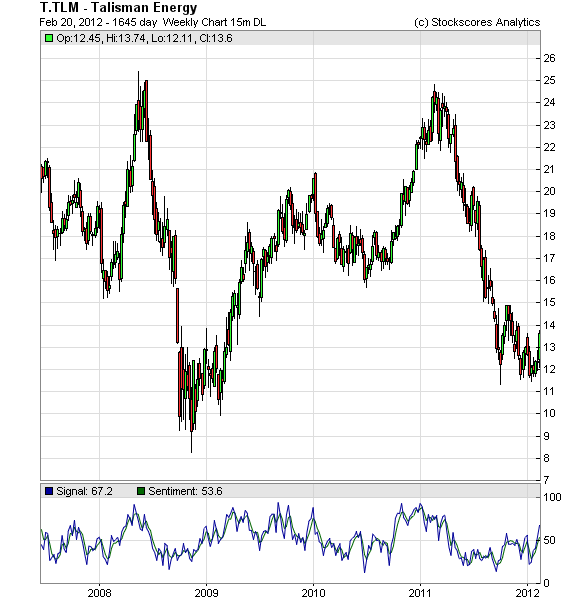
References
- Get the Stockscore on any of over 20,000 North American stocks.
- Background on the theories used by Stockscores.
- Strategies that can help you find new opportunities.
- Scan the market using extensive filter criteria.
- Build a portfolio of stocks and view a slide show of their charts.
- See which sectors are leading the market, and their components.
Disclaimer
This is not an investment advisory, and should not be used to make investment decisions. Information in Stockscores Perspectives is often opinionated and should be considered for information purposes only. No stock exchange anywhere has approved or disapproved of the information contained herein. There is no express or implied solicitation to buy or sell securities. The writers and editors of Perspectives may have positions in the stocks discussed above and may trade in the stocks mentioned. Don’t consider buying or selling any stock without conducting your own due diligence.
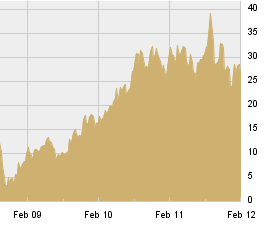 \\
\\


